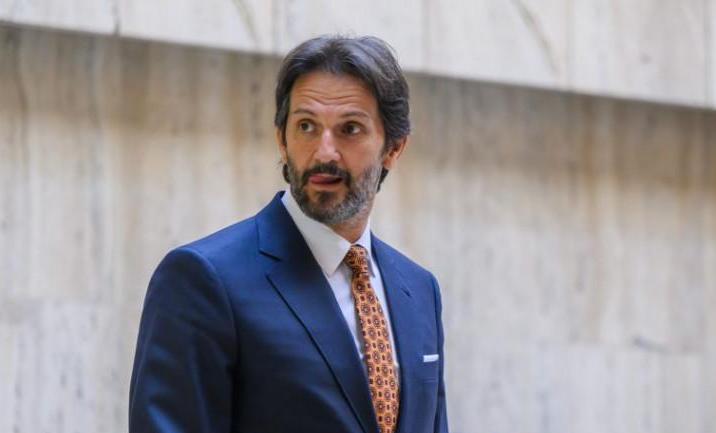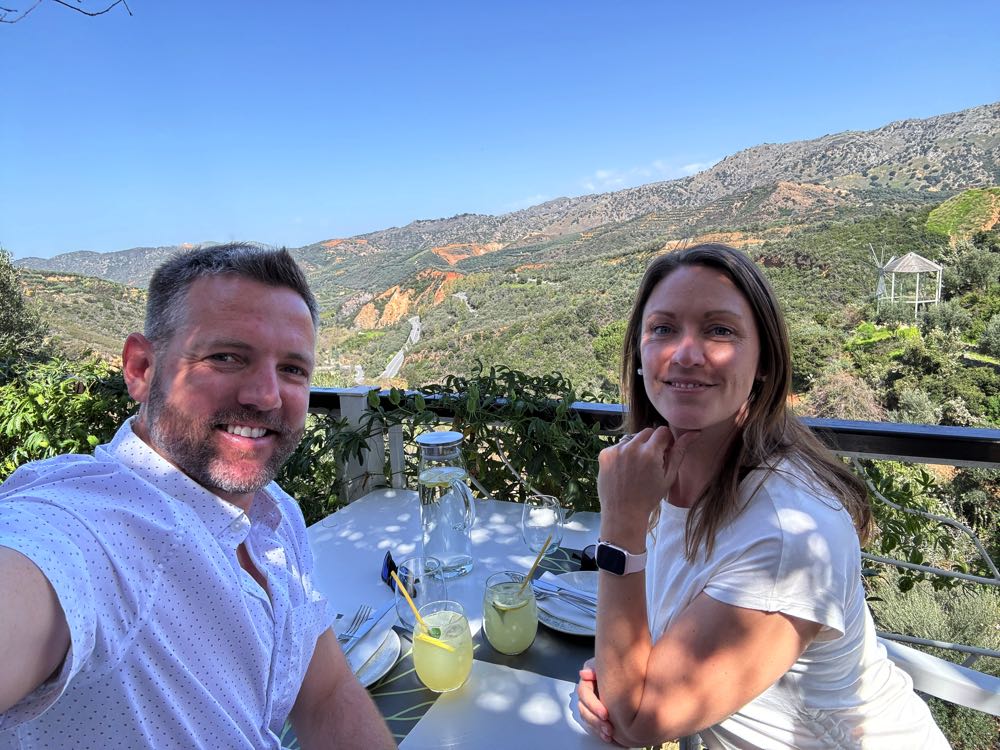The new capital model: Why the future of startup finance is blended

For decades, the default approach to startup financing in Europe has been binary. Either you raised venture capital, or you self-financed your business. One path came with visibility, credibility, and scale, but also dilution and pressure. The other offered autonomy and control, but often at the expense of speed and resources.
Today, that dichotomy is breaking down. Startups are increasingly embracing blended capital models, combining equity, non-dilutive financing, venture debt, and grants, designed to support sustainable, long-term growth. And it’s about time.
A more nuanced reality
Startups no longer fit neatly into one financing box. A climate tech company securing multi-year R&D grants shouldn’t raise capital the same way as a consumer app scaling through TikTok ads. A biotech firm with predictable milestones and high burn might benefit from milestone-based tranched debt. A post-Series A SaaS company with healthy annual revenue but still unprofitable may not want to give away another 20% of the cap table just to fund working capital. In short, today, capital needs to adapt to the business and not the other way around.
Blended financing allows founders to do just that: match the form of capital to the stage, risk profile, and use case. Instead of raising more equity to fund receivables or short-term hires, founders can use structured credit, non-dilutive grants, or flexible growth debt. This reduces dilution, aligns incentives across stakeholders, and often leads to healthier balance sheets.
The driving forces behind these decisions
This shift is not happening in a vacuum. Several macro factors are driving it. First of all, valuations have come down. Cheap money is no longer the norm. Equity is more expensive and harder to raise, forcing founders to be capital-efficient and strategic about dilution.
Second, and a direct result of the above, many VCs are focusing on existing portfolios, leading to slower deal cycles and smaller rounds. Startups are on a different timeline and can’t afford to wait.
Thirdly, the European tech ecosystem has matured. We now have repeat founders, clearer business models, and more robust financial infrastructure, ideal conditions for hybrid capital to thrive.
Lastly, we have entered a more “sober” tech cycle, where investors are no longer rewarding growth-at-all-costs. Founders need to show fiscal discipline and optionality. Together, these forces have pushed the startup ecosystem to rethink how capital is structured and deployed.
Case in point: Growth without dilution
Consider a Series B AI platform growing steadily but with rising customer acquisition costs. A few years ago, they would raise a large equity round, giving up board seats and 20–30% dilution, just to reinvest in marketing and new product development. Today, they can, for instance, take on a mix of equity, venture debt, revenue-based financing, and strategic grants while preserving their equity for long-term bets like international expansion or product R&D. This is not just a matter of cost. It’s a strategic shift in mindset: founders are building capital strategies, not just raising rounds.
What comes next
As the ecosystem continues to mature, we’ll likely see the rise of what we call capital “architects.” These are operators, CFOs, and advisors who specialise in building efficient, layered capital stacks. Investors will become more collaborative, combining forces to structure tailor-made solutions instead of competing deal by deal. And most importantly, founders will have more room to choose how they grow, on their own terms.
This is not the end of venture capital. Equity will always have a critical role to play in funding high-risk innovation. But it is the end of equity-only thinking.
Blended capital is not just a trend; it’s a response to a more sophisticated generation of entrepreneurs and a more complex operating environment. The best founders of the next decade won’t just raise smart money. They’ll raise the right money, at the right time, in the right form.
The post The new capital model: Why the future of startup finance is blended appeared first on EU-Startups.











































